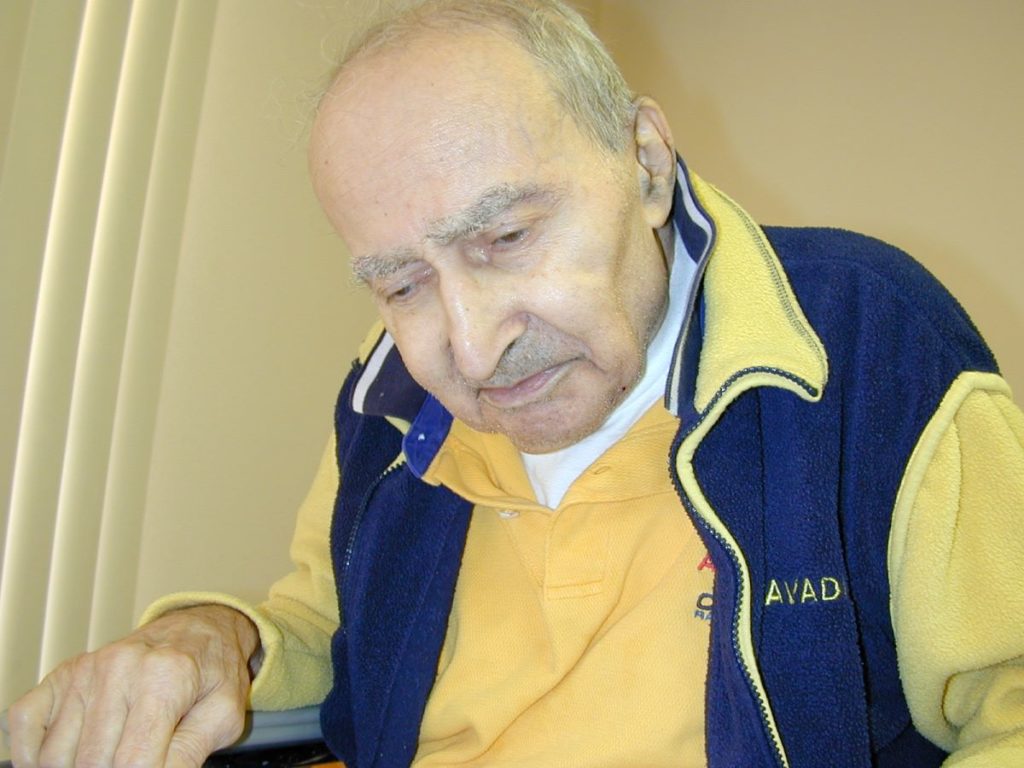As I reflect on family caregiver resources over the last 25 years, I came across a printed copy of projections made in the year 2000 of the estimated number of people with Alzheimer’s in 2025. We’re almost there!
The one-page Alzheimer’s Incidence in the USA was published in April 2001 by The Caregiver’s Army. [TCV Update 11/21/2022: URL to server cannot be found.]
The projections for California (where I currently reside) reflect an estimated 75% increase from 472,660 in 2000 to 827,392 in 2025.
It’s Not as Bad as They Thought
The Alzheimer’s Association is tapering their projections. Their 2018 figures represent estimates for those age 65 and older. While they estimated 840,000 by 2025, their February 2009 report estimated 1,000,000 people diagnosed with Alzheimer’s by 2030.
Current figures for the State of California show 690,000 people with Alzheimer’s. Find information about your state by replacing the name of the state at the end of the URL. https://www.alz.org/professionals/public-health/state-overview/california (Add a hyphen between multi-word states and be sure to use lower case; for example, “new-mexico”.)
Thanks to increased research, medical professionals have improved their diagnoses of the different types of dementia. Twenty years ago, we used “Alzheimer’s” to describe dementia-related diseases. Today, diagnoses are more nuanced including other diseases, such as Lewy bodies, frontal-temporal lobe, Parkinson’s.
Years ago, people lived with dementia a while before being diagnosed in the latter stages. This timing is what likely contributed to the stereotype and stigma of an empty-staring, drooler, who is incontinent.

Even with More People being Diagnosed Earlier
Today, with greater awareness, people are visiting their doctors sooner if they suspect something. They are diagnosed earlier in the progression of the disease and at younger ages. We call these early-onset dementia and younger-onset dementia, respectively. They are still able to function remarkably well. They are often mistaken for people who have been hastily diagnosed with dementia.
Even as our population ages, meaning more people will be diagnosed with dementia, the number of people with Alzheimer’s in the U.S. today is estimated at between 5 and 6 million. That’s only a 25% to 30% increase from the 1990s. It could be worse. It isn’t.
We are reaping the benefits of eating better, exercising, and socializing (even with COVID restrictions).
The next step: Find a cure for dementia-related diseases. First, we need to agree upon what the cause.








